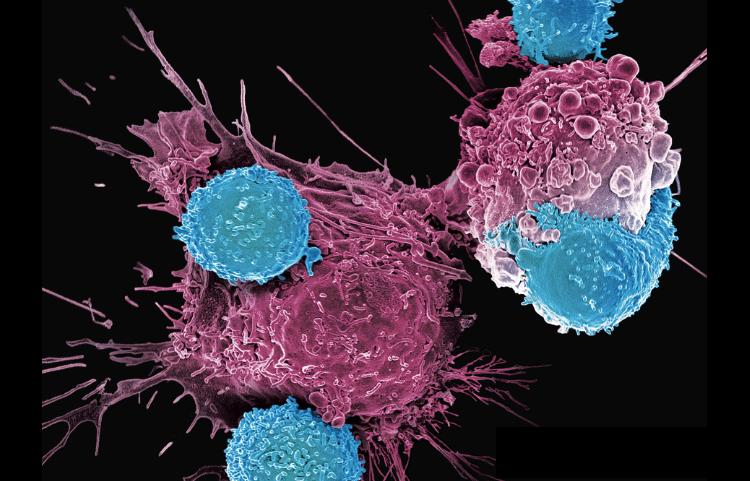The target identification of ADC drugs plays a decisive role in the drugability of ADCs. Qualified ADC targets should have:
(1) Tissue specificity: In order to reduce off-target toxicity, the selected target should be specifically highly expressed on target tissue cells, but not expressed or lowly expressed on normal tissues.
(2) The target antigen is not easy to fall off from the target tissue: the antigen is not easy to fall off from the target tissue and enter the circulatory system, so as to prevent the antigen from binding to the ADC drug in the circulatory system in the body, thereby reducing the amount of aggregation to the target site and affecting the efficacy and safety of the drug sex.
(3) The target antigen can be effectively internalized after binding to the ADC: the target antigen can be efficiently internalized through the receptor-mediated internalization pathway, and the configuration should not change during the internalization process; The expression level will not decrease.
Traditional ADC targets mainly select cancer cell surface antigens. Such antigen defects include: high stromal tumor pressure, down-regulation of antigen expression, and physical and kinetic barriers that impair the absorption of cytotoxins.
A new generation of ADC target antigens targets tumor stromal antigens, tumor vasculature antigens, and driver oncogene proteins. This class of novel antigens profoundly affects tumor growth, metastasis and recurrence and is considered to have the potential to achieve effective disease control.
ADC antibodies undertake the functions of targeting and toxin delivery, and need to have the characteristics of high target specificity, high affinity, low immunogenicity, high endocytosis, and long half-life. Human IgG is the primary antibody backbone used by ADCs and comprises four subclasses: IgG1, IgG2, IgG3, and IgG4, which differ in their constant domain and hinge region structures.
In addition to Pfizer’s two ADCs (Mylotarg, Besponsa) choosing IgG4, IgG1 has become the mainstream antibody backbone choice for marketed ADCs. Compared to IgG1, IgG4 molecules undergo dynamic Fab arm exchange, resulting in undesirable off-target effects that reduce their in vivo efficacy. IgG1 antibodies have longer blood half-life, higher FcγR binding efficiency, stronger activation of antibody-dependent cell-mediated toxicity (ADCC) and complement-dependent cytotoxicity (CDC) effects, and are not easy to form multimers, so Become the mainstream choice of ADC at present.









